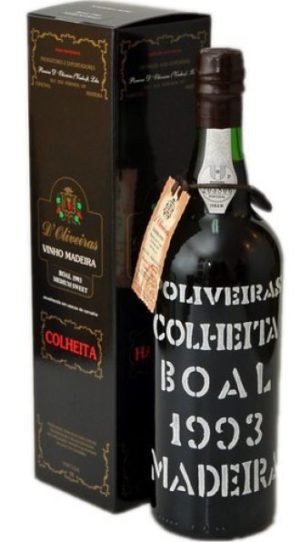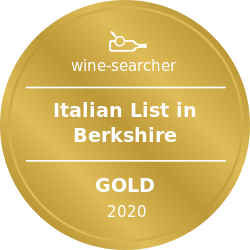Filters
Close Filters
-
50 Wines to try before you die! – Our Forty Eighth wine – D’Oliveiras Madeira, Colheita Boal 1993 75cl
£102.95 per bottleOut of stock
Madeira is a miracle of the wine world, coming from the eponymous island in the Atlantic where ancient ships stopped on the journey to the New World and loaded wine…View ProductAdd to Basket -
D’Oliveiras Madeira, 10 Year Old Dry 75cl
£47.95 per bottleA fruity freshnose withintense flavours of dried apricots and almonds.View ProductAdd to Basket -
D’Oliveiras Madeira, 10 Year Old Medium Dry 75cl
£47.95 per bottleHints of mushrooms on the nose, intense flavours of dried apricots and almonds.View ProductAdd to Basket -
D’Oliveiras Madeira, 10 Year Old Sweet 75cl
£47.95 per bottleMahogany colour, rich on the nose as well as on the palate witha complex mix of raisins and candied fruitsanda fine clean finish.View ProductAdd to Basket -
D’Oliveiras Madeira, 3 Year Old Dry 75cl
£23.50 per bottleAn appealing fresh nose, a dryfruity palateanda finish with hints of citrus fruits.View ProductAdd to Basket -
D’Oliveiras Madeira, 3 Year Old Medium Dry 75cl
£23.50 per bottleA slightly earthy nose with hints of caramel, nutty flavour.View ProductAdd to Basket -
D’Oliveiras Madeira, 3 Year Old Sweet 75cl
£23.50 per bottleDark brown colour, a fruity bouquet with hints of raisins and toffee with a fresh, clean finish.View ProductAdd to Basket -
D’Oliveiras Madeira, 5 Year Old Dry 75cl
£28.50 per bottleAn appealing fresh nose, dry with hints of grapefruit and limes andvery long on the palate.View ProductAdd to Basket -
D’Oliveiras Madeira, 5 Year Old Medium Dry 75cl
£28.50 per bottleA toasty nose, smooth and long on the palate with flavours of hazelnuts and orange peel.View ProductAdd to Basket -
D’Oliveiras Madeira, 5 Year Old Sweet 75cl
£28.50 per bottleAromas of molasses and coffee. Raisins, dates and rich fruitcake on the palate with a perfect balance. Christmas pudding in a glass!View ProductAdd to Basket -
D’Oliveiras Madeira, Boal 1968 75cl
£325.95 per bottleAn enormously inviting and complex nose, tastes of dried apricots and caramel which suddenly evolve into a surprisingly dry finish. An outstanding wine. GOLD MEDAL INTERNATIONAL WINE & SPIRIT COMPETITION…View ProductAdd to Basket -
D’Oliveiras Madeira, Boal 1977 75cl
£236.95 per bottleAn enormously inviting and complex nose, tastes of dried apricots and caramel which suddenly evolve into a surprisingly dry finish. An outstanding wine.View ProductAdd to Basket

















